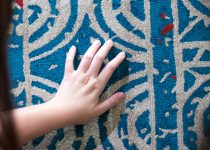Getting a bespoke rug? One of the first things you’ll probably be asked by your rugmaker is what types of rugs you’re interested in… and it’s a good question, as it determines your custom rug’s final form.
Now, there are many ways to differentiate rugs from each other. You can categorise them by the materials that went into making them, their provenance, their shape, or even their construction.
Today, construction is our concern. It refers to the way a rug has been put together or made.
As you’ve probably guessed by now, this matters a great deal when talking about rugs. That’s because the construction of a rug affects everything, from its looks to its durability, as you’ll see in our discussion of the types below.
Flat-weave Rugs
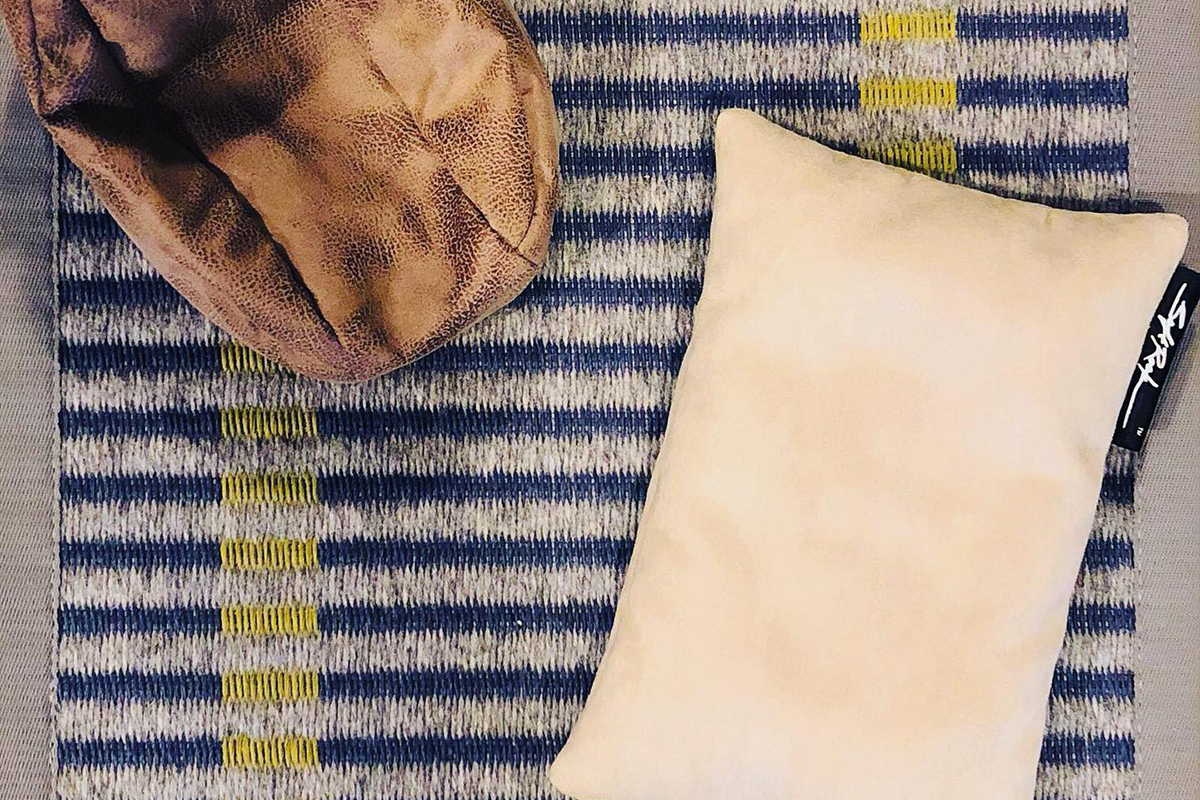
Flat-weave rugs are exactly as their name states: rugs that are flat because they are woven on a loom.
This means that flat-weave rugs don’t have an “underside”. You can technically use both sides reversibly on a flat-weave rug, which many people consider a plus.
Moreover, flat-weaves have no pile. Pile is the surface formed by the fibres that “stick up” from the rug, with higher or thicker pile typically equating to higher density. So, the fluffiest rugs have a high pile.
That means they lack the fluffy or soft texture some people seek in a rug. That said, they remain popular, as they offer their own texture and warmth in exchange.
What’s more, flat-weaves are popular because they’re immensely hardy. Most flat-weaves hold up amazingly well to heavy traffic, so we see a fair number of people seeking bespoke rugs of this type.
For this reason, they also tend to be used in areas that see a lot of use. They’re often used in places like kids’ playrooms, for example.
Tufted Rugs
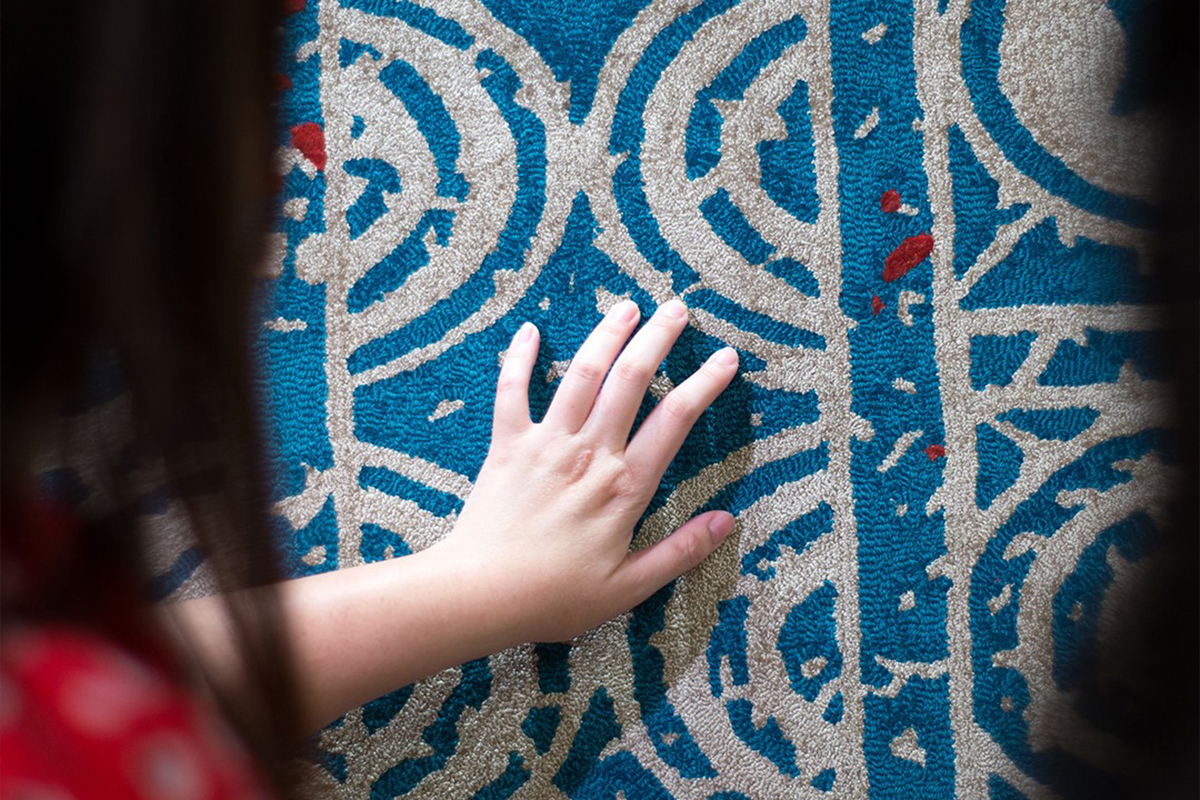
Unlike flat-weave rugs, tufted ones require backing material. That’s because the tufts in the rug are made by pulling loops through that backing material.
This process can be carried out either by hand or with a special machine just for that purpose. After that, the loops are sheared to produce the pile.
Most tufted rugs are given a latex backing to keep the tufts and loops in place. Hence, unlike flat-weaves, there’s a clear “top side” and “bottom side” to a tufted rug.
The key advantage to tufted rugs is that they can be produced both quickly and with relative ease when compared to other rugs. That often makes them more affordable too, so they’re a popular choice again for those seeking bespoke rugs.
They do have a downside, though. Due to their construction, they tend to shed a little more than other rug types do.
Hand-knotted Rugs
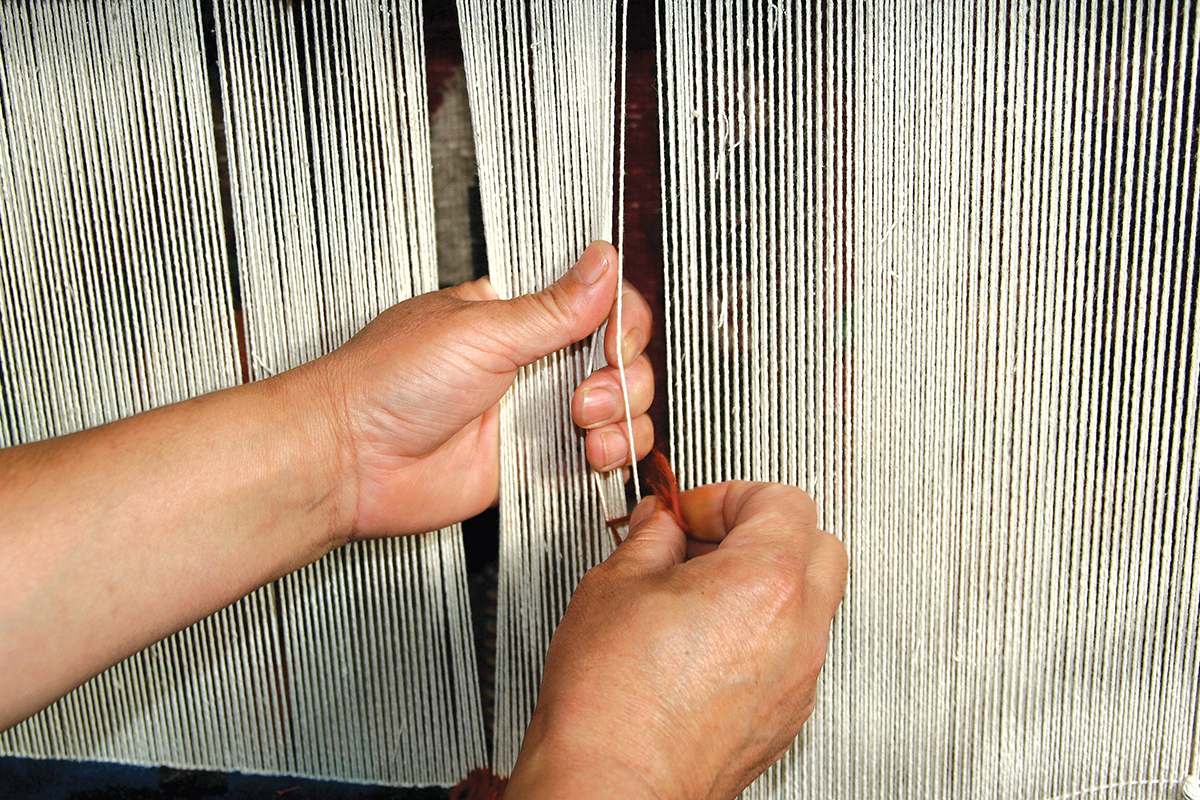
This is the rug type that probably takes the most time to create. It involves long hours of manual, painstaking work.
To make a hand-knotted rug, you basically have to wrap and knot yarn around a warp thread. You then hand-cut and hand-tamp the yarn for the pile.
This has to be done repeatedly, which makes this a labour-intensive rug-crafting process. It also requires serious skill, which is why the people who make hand-knotted rugs are considered artisans.
If you want a hand-knotted rug, note that it can be a significant investment. All that labour makes it a costly rug type to select, so people who get custom rugs of this construction typically do so with a view to getting something they will pass down to their kids.
That tells you hand-knotted rugs are statement pieces that tend to keep their value well into the future.
Hooked Rugs
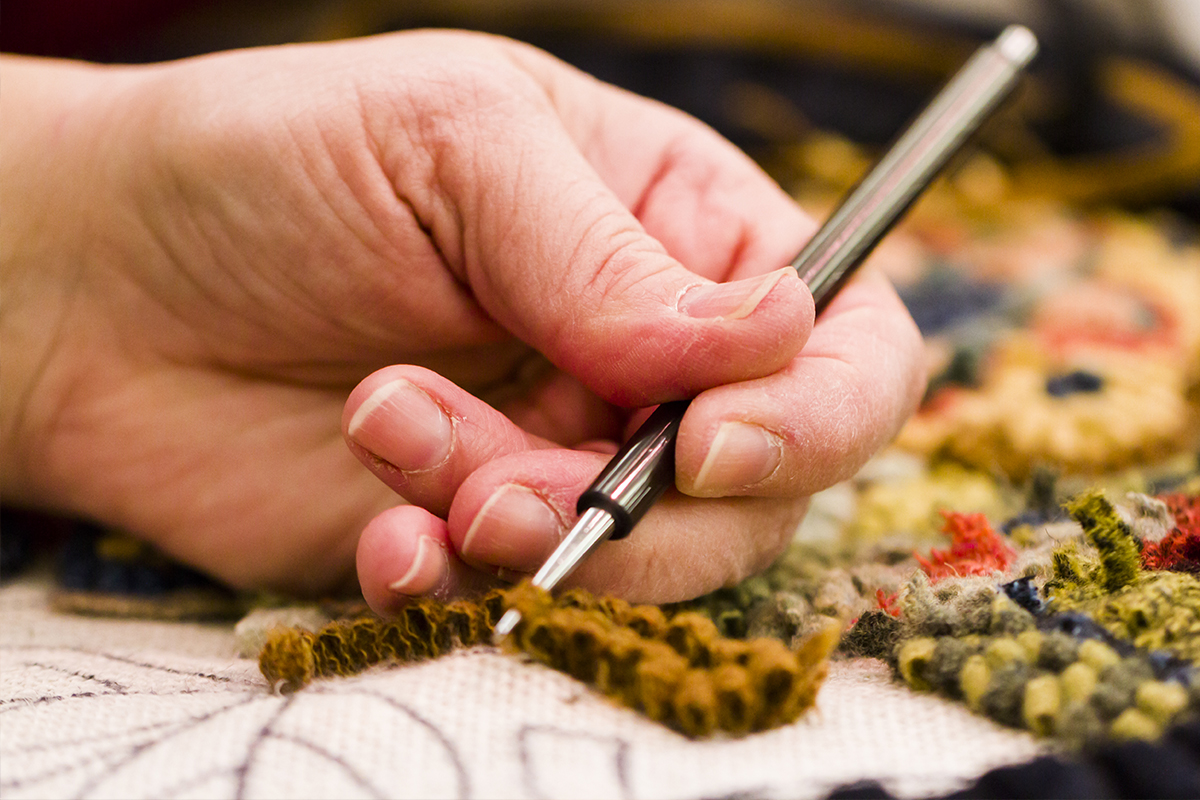
This is actually pretty much the same thing as the tufted rug type. There’s only one difference: after the rugmaker pulls the loops of yarn through the backing material, he doesn’t shear them.
That means instead of a pile, you get a surface of bumpy-looking loops.
These rugs tend to impart a homey, almost rustic look to any space. They also feel very warm since the loops trap heat quite well.
The downside is that they tend to be particularly sensitive to things like pets’ claws. An enthusiastic cat can do significant damage to a hooked rug fairly quickly!
How to Choose the Perfect Rug Type
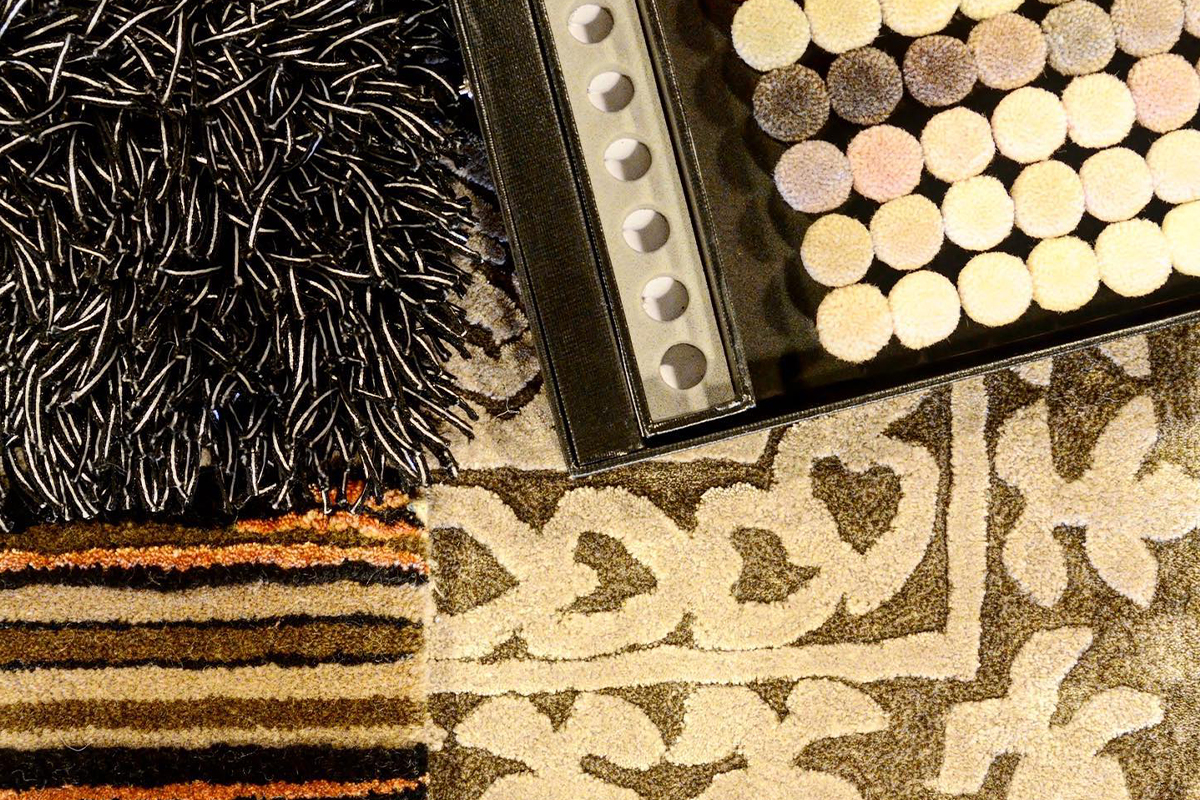
As you can see, there are many options for you when it comes to the types of rugs you can get based on construction.
Keep in mind that some of these can be combined too. We’ve worked on a fair number of combination rugs that use more than one of these construction styles.
If you’re not sure which of these suits your needs the most, that’s all right! You can consult with us and let us know precisely what your requirements are.
From that, we can provide advice on the ideal rug type by construction for your project or space. We can even outline the pros and cons of each type for your particular bespoke rug.
Just reach out to us at The Rugmaker for assistance. We’re always happy to talk to others who appreciate quality and bespoke rugs!



